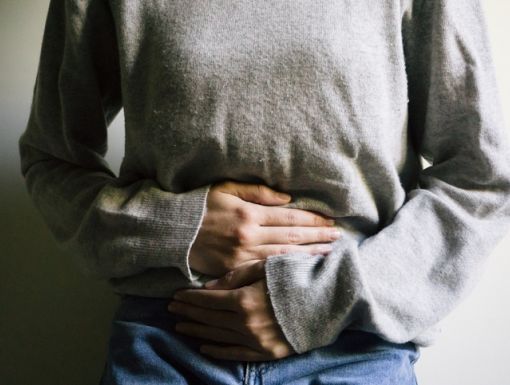
Chronic Abdominal Pain in Children
At some point, almost every child is going to say, “My stomach hurts!’’ Tummy aches are not uncommon in childhood, but what about chronic, ongoing abdominal pain that lasts for weeks or even months?
Functional pain
Abdominal pain that lasts longer than one or two months may be “functional pain.’’ This most likely is caused by overly sensitive nerves in the gastrointestinal tract, a series of organs including the esophagus, stomach, small intestines and large intestines that make up the long twisting tube that starts at the mouth and ends at the anus. The nerves that envelop the entire gastrointestinal tract are called the “gut brain.’’
Functional pain is not caused by an infection, inflammation or anatomic irregularities in the child’s gastrointestinal tract; however, the pain is still quite real. With functional pain, regular, daily digestion of food – the pushing and stretching that occurs as food works its way through the digestive tract – can cause pain in these children with overly sensitive nerves. Anxiety and depression can make this condition even worse.
Functional pain is the most common disorder seen by pediatric gastroenterologists. In fact, 10%-15% of school-age children will see a doctor about functional pain. This condition can run in families, and it’s more common in girls.
Some children with this condition may have nausea, vomiting, a feeling of fullness after just a few bites, dizziness and headaches and they may feel tired.
Treatment for functional pain
For starters, treatment begins with acknowledging the child’s pain is real. In addition, the family will be encouraged to help the child focus on returning to school, a normal diet and other typical activities.
Some children with functional pain may benefit from medications if the condition is significantly limiting their daily routine and quality of life. These medications may include anti-spasmodic medicines, and neuropathic agents (medicines that treat nerve-related pain). Some children might be prescribed low doses of medicines called “tricyclic antidepressants’’ to relieve pain.
Psychological treatments can help children cope with functional pain. These treatments include cognitive behavioral therapy and relaxation exercises.
Organic diseases
A much smaller percentage of children have ongoing abdominal pain due to organic diseases, such as inflammatory bowel disease.
Pediatric inflammatory bowel disease involves inflammation of the gastrointestinal tract. This includes Crohn’s disease and ulcerative colitis. Common symptoms are often diarrhea (sometimes bloody), abdominal pain, fever and weight loss. Symptoms can come and go.
Treatment for pediatric inflammatory bowel disease may involve a team of specialists. The treatment options can include medications, nutritional and diet therapy and surgery. There is no one-size-fits-all treatment for these conditions. Treatment plans will vary from one child to the next.
Pain in the abdomen might possibly be from inflammation in the pancreas. The pancreas is the organ that lies behind the lower part of the stomach. There is no single medicine or treatment that will cure pancreatitis. We can help control the pain and treat the underlying cause of the pancreatitis. Sometimes, procedures are needed to treat pancreatitis or complications from the disease.
Gallbladder problems such as gallstones are less likely in children and teens but are becoming more common. The gallbladder is an organ located on the right side of the body under the liver. Symptoms of gallbladder disease include fever, vomiting or skin turning yellow.
When should you go to the emergency room?
You should make an appointment with your child’s healthcare provider for ongoing abdominal pain, but in some cases, you should seek medical attention immediately. Seek immediate care if:
- Your child is having trouble breathing
- Your child loses consciousness
- Your child had a recent injury to the abdomen
- Your child’s belly is rigid and hard
- Your child has a sudden, sharp abdominal pain; sharp pain in the lower right abdomen may be appendicitis
- Your child is vomiting blood or has blood in the stool, especially if it is dark-colored
- Your child’s vomit is green-colored
- Your child skin becomes jaundiced - causing the whites of the eyes or skin to turn yellow
- Your child is unable to pass stools, especially if your child is also vomiting
- Your baby is younger than 3 months old and has diarrhea or vomiting
Make an appointment with Adrienne Truxillo, PNP, in pediatric gastroenterology



